“I think self-awareness is probably the most important thing towards being a champion.”
– Billie Jean King





Did You Know?
The Triangle Shirtwaist Company factory was located in the top three floors of the Asch Building in Manhattan. Most of the employees were young immigrant women who worked in cramped space for 12 hours every day. On March 25, 1911, there were 600 workers in the building when a fire started from a rag bin. The workers tried to escape, but the escape routes were not fully functional (only one elevator was fully operational out of the four, stairway doors were locked, and fire escape was very narrow). As a result, 145 workers were killed: 49 worker burned to death or suffocated by smoke, 36 died in the elevator shaft, 58 died from jumping to the sidewalks, and 2 died later from their injuries. The owners and management were not charged with manslaughter even though there was evidence against them for neglecting their responsibilities. On April 5th, the workers union protested about the conditions that led to the fire and 80,000 people attended.
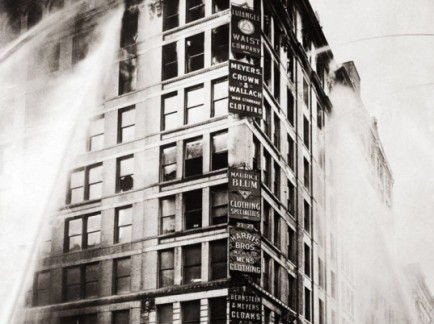
Why is this important?
It was one of the most well-known incidents in American industrial history. Since the deaths were due to neglected safety features and locked doors within the building, this tragedy was an environmental health issue that could have been prevented. Due to this incident, a set of laws and regulation were developed in order to provide workers’ safety and prevent future disasters like this one.
Source:

Helen Brooke Taussig is known as the founder of pediatric cardiology for her innovative work on ‘blue baby’ syndrome (AKA Anoxemia – a congenital heart condition caused by a defect that prevents the heart from receiving enough oxygen).
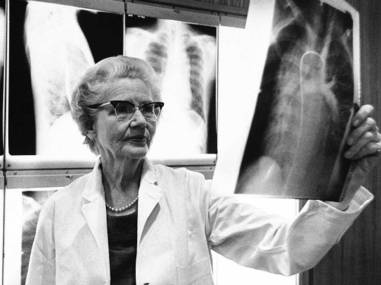
As a young girl, Helen Taussig lost her mother when she was only 11. Her grandfather, a physician who had a strong interest in biology and zoology, may have influenced her decision to become a doctor. Despite suffering from dyslexia (a reading impairment), Taussig excelled in higher education. She graduated from the Cambridge School for Girls in 1917 and became a champion tennis player during her two years of study at Radcliffe. She earned a B.A. degree from the University of California at Berkeley in 1921. After studying at Harvard Medical School and Boston University, she transferred to John Hopkins University School of Medicine to pursue her interest in cardiac research.
Taussig graduated from Hopkins in 1927, and served as a fellow in cardiology at Johns Hopkins Hospital for the next year, followed by a two-year pediatrics internship. In 1930 she was appointed head of the Children’s Heart Clinic at the Johns Hopkins Hospital pediatric unit, the Harriet Lane Home, where she worked until her retirement in 1963.
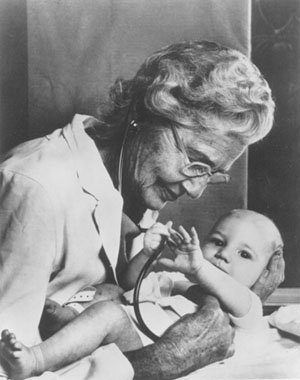
By the time Taussig graduated from Hopkins, she had lost her hearing and relied on lip-reading and hearing aids for the rest of her career. Interestingly, Taussig was able to distinguish the rhythms of normal and damaged hearts by touch, rather than by sound. Some of her innovations in pediatric cardiology have been credited to this ability.
In 1944, Taussig, surgeon Alfred Blalock, and surgical technician Vivien Thomas developed an operation to correct the congenital heart defect that causes baby blue syndrome. Since then, their operation has prolonged thousands of lives, and is considered a key step in the development of adult open heart surgery the following decade.
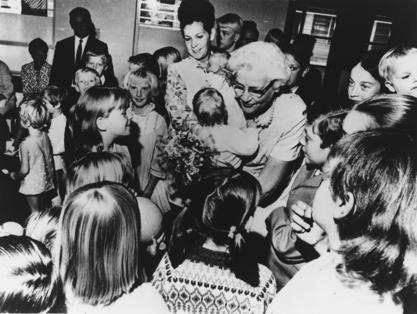
In 1954, Helen Taussig received the prestigious Lasker Award for her work on the blue baby operation. In 1959, she was awarded a full professorship at Johns Hopkins University and became one of the first women in the history of the school to hold that rank. Taussig was a founder of the subspecialty of pediatric cardiology and was elected president of the American Heart Association in 1965. She was the first woman recipient of the highest award given by Johns Hopkins University School of Medicine. In 1964, Taussig received the Medal of Freedom from President Lyndon Johnson.
Why is Dr. Taussig’s work important?
Dr. Taussig’s work in pediatric cardiology was important because she, along with her colleagues, developed a surgery that prolonged and saved many children’s lives. Their work also was a key step in the development of adult open heart surgery in the following decade.

You might have heard of the saying, “When life gives you lemons, make lemonade.” That is exactly what Alexandra “Alex” Scott did. Alex was diagnosed with neuroblastoma, a type of childhood cancer, before her first birthday. Alex’s doctors were doubtful that she would ever walk again even if she beat her cancer. At the age of 2, Alex worked on gaining strength and learning how to walk. Unfortunately, the following year her tumors had began growing again. When Alex was 4-years-old, she had a stem cell transplant. After, Alex was determined to have a lemonade stand to raise money to help other kids with cancer. With the help from her brother, Alex was able to raise $2,000 for her hospital.

Alex and her family decided to hold lemonade stands annually in their front yard to benefit childhood cancer research. Others around the world were inspired by her story that they held their own lemonade stands and the proceeds were donated to Alex and her cause. At the age of 8, Alex passed away. Through her efforts and the help of others, Alex had ended up raising over $1 million to find a cure for pediatric cancer. Her family honors Alex’s legacy through the Alex’s Lemonade Stand Foundation. Alexandra Scott brought hope to many children who battle cancer.
Alex’s Lemonade Days is held annually during the second weekend of June, where supporters hold a lemonade stand for the fight against childhood cancer. To get involved in Alex’s Lemonade Days, click here for more information.
To see other events you can participate in, click here.
To watch a very short documentary on Alex’s Lemonade Stand Foundation, click here.
Sources:

“When it is obvious that the goals cannot be reached, don’t adjust the goals, adjust the action steps.” – Confucius
Happy Monday! Stay motivated! 🙂
Today we will be looking at Alice Hamilton’s story and how she has made a difference in history.
Alice Hamilton was born in 1869 to a well-known family in Indiana. Alice went to medical school at the University of Michigan and graduated from there in 1893. In 1897, Hamilton moved into the Hull House (a settlement house which was founded by social reformer, Jane Addams) in Chicago when she accepted a teaching position as a professor of pathology at the Women’s Medical School of Northwestern University. While she was there, Hamilton opened a well-baby clinic for poor families within the neighborhood.
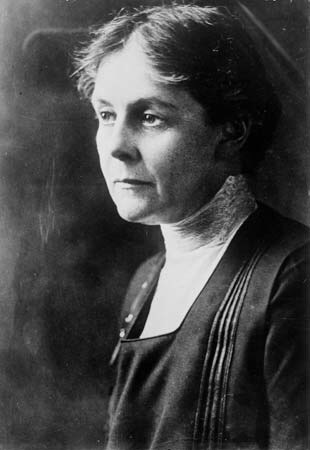
As she lived with the poor, Hamilton learned about the problems workers faced, such as occupational injuries and illnesses and she tried to put her medical knowledge to good use. Since industrial medicine was not studied in America, Hamilton started to look for existing literature outside of the country. In 1908, Hamilton published her first article about occupational diseases in the United States. She became a recognized expert on the topic. Occupational Diseases Commission of Illinois, the first investigative body which was newly formed in the United States, appointed Hamilton in 1910. She looked into issues for a variety of state and federal health committees for the next 10 years. Hamilton introduced occupational epidemiology and industrial hygiene in the United States. Her scientific findings caused wide range of change to improve the health of workers, which were both voluntary and regulatory (supervising). In 1919, Hamilton became an assistant professor for the Department of Industrial Medicine at Harvard Medical School. This made her the first woman chosen to the faculty, but she was discriminated for her gender. She also served two terms as the only female member of the League of Nations Health Committee.
Why is Alice Hamilton Important?
When the Industrial Revolution of the late 19th century caused new dangers in the workplace, industrial medicine (the illnesses caused by certain jobs) became important. Alice Hamilton contributed greatly to the field of industrial medicine. Hamilton provided a resource by publishing her first article about occupational diseases in the United States. Hamilton is best known for her investigation of carbon monoxide poisoning in steelworkers, mercury poisoning in hatters, and “dead fingers” syndrome among laborers using jackhammers.
Sources:
Did you know that tobacco use is the leading cause of preventable illness and death in the United States? May 31st was World No Tobacco Day, so today we are bringing you facts about tobacco and how it affects the body.

Facts
How does tobacco affect your body?
Check out this great chart to learn more about the effects of tobacco on different parts of your body.
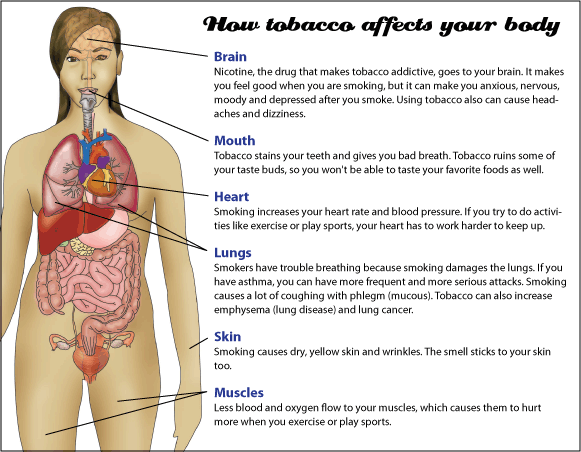
Why is this important to your health?
Tobacco smoking has many negative effects on our health. It causes many different cancers as well as chronic lung diseases such as emphysema and bronchitis, heart disease, pregnancy-related problems, and many other serious health problems.
If you already smoke, here are some good reasons to quit:
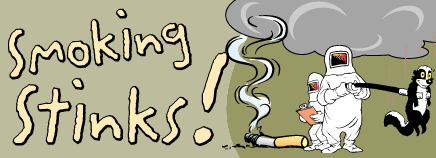
Tips for Quitting:
Here are some ideas that can help you make a plan to quit and stick with it. Remember, it’s never too late to stop smoking. It may be tough and you may even have physical feelings of withdrawal, such as headaches. Don’t give up!
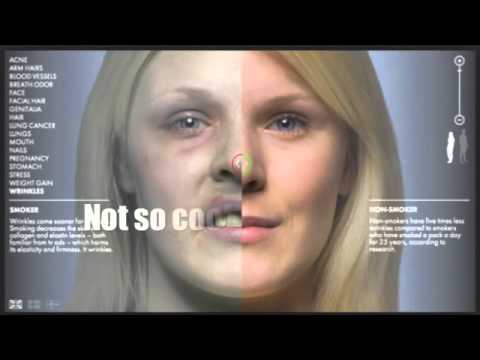
For more tips on how to quit and other helpful information, check out the resources below.

Check out our resources page for more tobacco-related resources. We’ll be updating this section frequently, so make sure you check it out regularly!
Share your experiences/thoughts/questions/comments in the comments section below. We would love to hear from you!
Stay healthy and have a great day! 🙂